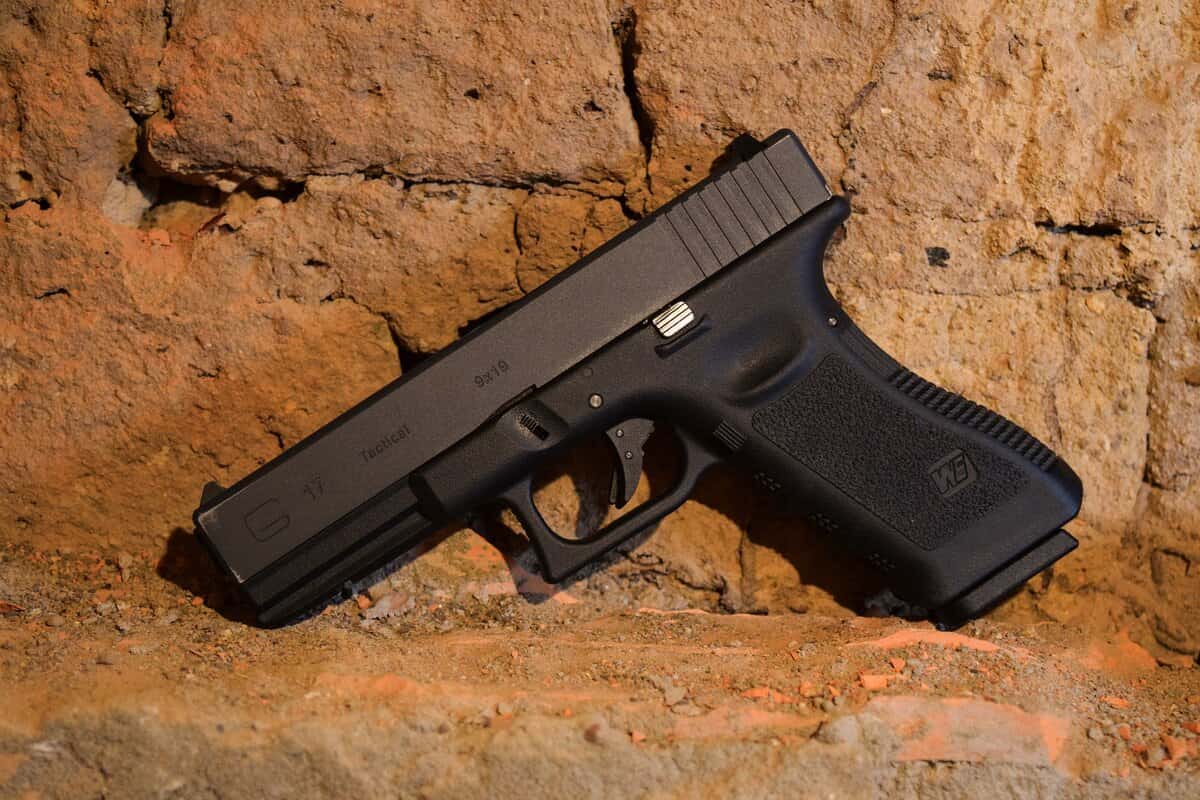
Attacks against people can happen anywhere anytime, especially in unstable times of crisis. That is why having a self-defense weapon is crucial.
It is important to keep at least one of the best self-defense items for this reason. This top defense weapons list was put together to keep you secure.
Classification
According to the intended purpose, weapons are usually classified as:
- departmental – for use by full-time employees of state bodies (prosecutors, forest and paramilitary guards, etc.) and non-governmental organizations (airport security services, security agencies, etc.);
- military – used by the armed forces;
- educational – made as an imitation of a real weapon for familiarization and training;
- cold – this includes a knife, brass knuckles, bat, crossbow, etc.;
- civilian – used for self-defense, hunting, and sports, as an element of the collection.
As can be seen from the list, means of self-defense belong to the category of civilian weapons. Let’s consider another division – according to the principle of action:
- traumatic – shoots rubber balls;
- firearm – the shot is fired due to the force of pressure of powder gases;
- gas – fires a gas-forming charge;
- pneumatic – spherical, hemispherical, conical, and other balls are used for shots, which are pushed out of the barrel by the force of compressed air;
- special tools – these include batons, stun guns, etc.
Which weapon to choose?
As practice shows, pneumatics are not the best weapons for self-defense, as they were originally intended for sports and training shooting. Moreover, if it is misused, it can cause serious injuries to the attacker, which will cause liability before the law of the defender himself.
Therefore, we will not consider this category of weapons. After all, the goal of self-defense is to stop the attack, to bring the opponent into a state in which he cannot continue the attack. Also, inflicting pain on the attacker can have the opposite effect, i.e. provoke or intensify his anger and aggression.
So which weapon is better for self-defense? According to experts, these are gas canisters, gas pistols, and stun guns. Let’s analyze their features, advantages, and disadvantages.
Gas spray: tearful neutralization
Perhaps this is the most affordable item in our rating. In addition, the gas spray has small dimensions, so it easily fits in a purse or pocket. There is only one “but”: not all gas sprays are approved for civilian use. The prohibited group includes products used by law enforcement agencies.
The principle of its action is simple: inside the spray, under pressure, there is a substance that irritates the mucous membrane of the eyes. It is released by pressing the diffuser button. It is very important to observe precautionary measures during its operation. Otherwise, in the event of danger, you may suffer yourself. However, if everything is done correctly, the attacker will be neutralized for a short time, which is enough to run away and call for help.
Pros: no resolution required, availability, ease of use, compactness, lightweight, efficiency.
Cons: not very suitable for spraying in closed rooms, efficiency decreases in the cold, short damage distance, and the direction of the wind must be taken into account.
Gas gun
Its principle of impact on the enemy is based on the “burning” properties of the contents of the projectiles. Therefore, to answer the question of what is better to buy for self-defense – a gas gun or a gas spray, we suggest that we immediately consider all the pros and cons.
Pros: the possibility of application at a distance of 1-3 m, does not depend on the ambient temperature, or appearance (may have a psychological effect).
Cons: not the cheapest tool, dangerous indoors, and the application depends on wind direction and strength.
Taser: electric stun gun
The shocker works by contact, that is, when it comes into contact with the skin, it generates an electric discharge that paralyzes the attacker for up to 30 minutes. This is its main advantage.
Other advantages: legality, simplicity, use in any room and on the street, and its effect even through clothing.
Cons: needs close range, works worse in the cold, not effective against multiple attackers.
Conclusion
If you want to determine which weapon is better for self-defense, you should consider three factors:
– free purchase and wearing;
– the simplicity of design, which ensures convenient use;
– effectiveness in different situations.
In any case, the main thing is not to exceed the limits of necessary self-defense. Stay safe!




